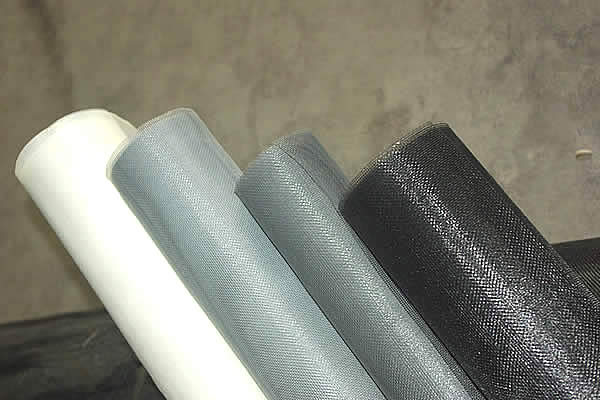 TEL:
+86-13102802206
TEL:
+86-13102802206
 Email:
fencenetting@china.com
Email:
fencenetting@china.com
 Language
Language
 TEL:
+86-13102802206
TEL:
+86-13102802206
 Email:
fencenetting@china.com
Email:
fencenetting@china.com
 Language
Language


Understanding Welded Wire Hog Fencing A Comprehensive Guide
Welded wire hog fencing is a popular choice among farmers and ranchers seeking an effective solution for containing livestock, particularly hogs. This type of fencing is not only durable and secure but also versatile, offering various benefits that cater to both agricultural needs and property boundaries. In this article, we will explore the characteristics, advantages, installation processes, and maintenance tips for welded wire hog fencing.
What is Welded Wire Hog Fencing?
Welded wire hog fencing is constructed from high-quality steel wire that is welded at the intersections to create a robust grid pattern. This design yields a strong and resilient fence that can effectively resist various forms of pressure, including the pushing and rooting behaviors commonly exhibited by hogs. The spacing between the wires typically ranges from 4 to 8 inches, which prevents animals from squeezing through while allowing for adequate visibility and ventilation.
Advantages of Welded Wire Hog Fencing
1. Strength and Durability The welded structure provides exceptional strength compared to traditional fences like barbed wire or woven wire. It resists bending and breaking, making it ideal for containing large, powerful animals such as hogs.
2. Low Maintenance Once installed, welded wire hog fencing requires minimal maintenance. Unlike wood or other materials that may rot or deteriorate over time, metal fencing maintains its integrity, reducing replacement costs and effort.
3. Versatility In addition to hogs, this type of fencing can be used for other livestock, small animals, or even as a garden barrier. Its flexible design makes it adaptable to various needs, whether for agricultural purposes or aesthetic landscaping.
4. Visibility and Security The open grid design allows for visibility, so you can easily monitor your livestock. Additionally, it provides a secure barrier against wild animals or intruders who might harm your livestock or crops.
5. Easy Installation Welded wire fencing can be relatively straightforward to install, especially for those familiar with fencing projects. It can be attached to wooden or metal posts, providing various options depending on your property’s layout.
Installation Process
Installing weld wire hog fencing requires some basic tools and materials
. Here’s a step-by-step guide to help you through the process1. Plan Your Layout Determine the area where you want to install the fence. Measure the perimeter and mark the locations for your posts, ensuring they are spaced appropriately (usually 8 to 10 feet apart).

2. Select Your Posts Choose sturdy posts made from wood or metal. If using wooden posts, treat them with a preservative to increase their lifespan against moisture and rot.
3. Dig Post Holes Use a post hole digger or auger to create holes for your posts. The depth should be about one-third of the post length above ground to ensure stability.
4. Install the Posts Place the posts into the holes and fill them with concrete or tamped soil to secure them in place. Allow the cement to cure according to the manufacturer's instructions.
5. Attach the Welded Wire Roll out the welded wire fence alongside the posts. Secure it using staples or wire ties, ensuring it is tight and properly aligned.
6. Add Gates If access is needed for feeding or maintenance, consider adding a gate. This can be a simple hinged gate made from the same welded wire or a more robust design.
Maintenance Tips
While welded wire hog fencing is low maintenance, a few simple practices can enhance its longevity
- Routine Checks Periodically inspect the entire length of the fence for any signs of wear, corrosion, or damage. Address any issues promptly.
- Clear Vegetation Keep the area around the fence free from overgrown plants, shrubs, and debris. This not only helps with visibility but also reduces potential wear on the fencing.
- Rust Prevention If you notice any signs of rust, treat the affected area with rust-inhibiting spray or repaint with a protective coating to prevent further deterioration.
Conclusion
Welded wire hog fencing offers a robust, versatile, and low-maintenance solution for farmers and ranchers looking to secure their livestock effectively. By understanding its advantages, installation steps, and maintenance practices, you can ensure that your investment in welded wire fencing pays off for years to come. Whether you are managing a small farm or a large ranching operation, this fencing type can provide the peace of mind and security necessary for your agricultural endeavors.